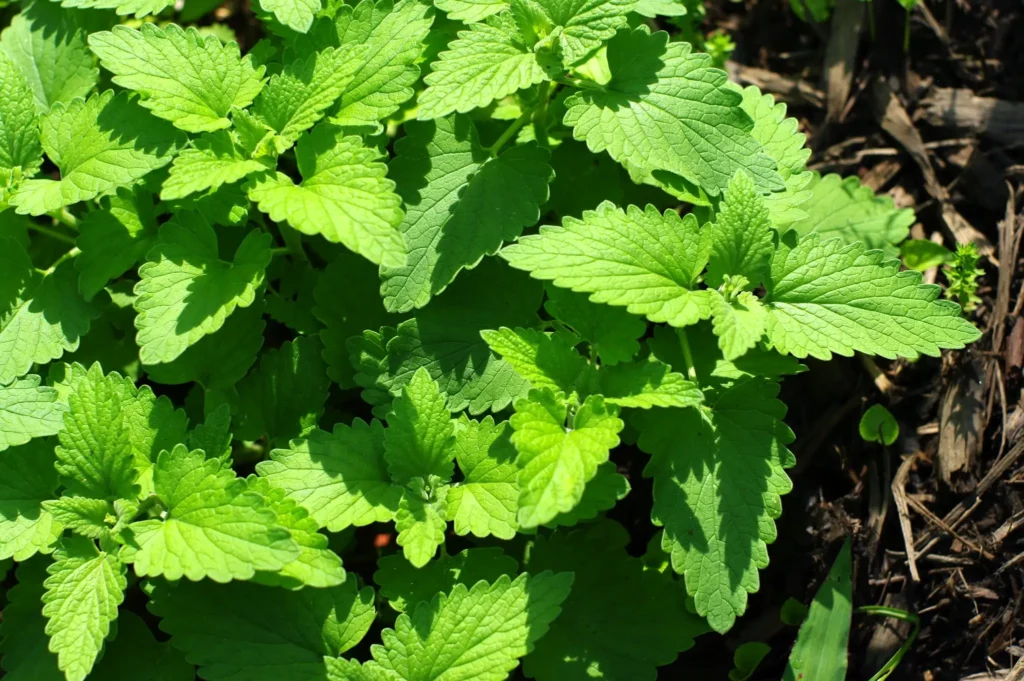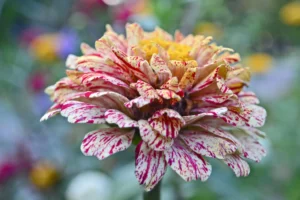Growing catnip indoors is a delightful endeavor that rewards both plant enthusiasts and cat lovers alike. This aromatic herb, scientifically known as Nepeta cataria, can thrive within the confines of your home with proper care and attention.
Let’s dive into the essentials of cultivating this feline favorite in pots, ensuring your indoor garden becomes a haven for both you and your furry companions.
Selecting the Ideal Container and Soil Mix
The foundation of successful indoor catnip cultivation lies in choosing the right pot and soil. Opt for a container that’s at least 8-10 inches deep with ample drainage holes. Catnip’s root system appreciates room to spread, so don’t be shy about giving it space.
Fill your chosen pot with a well-draining potting mix specifically designed for herbs. To enhance drainage, consider adding a layer of pebbles or broken pottery shards at the bottom of the container before adding soil.
Illuminating Your Indoor Catnip
Catnip craves light, but it’s not as demanding as some sun-worshipping plants. Position your potted catnip near a window that receives bright, indirect sunlight for at least 6 hours daily. South or west-facing windows often provide the ideal light conditions. If natural light is scarce, don’t fret – catnip adapts well to grow lights.
LED grow lamps can supplement or replace natural light, ensuring your plant receives the necessary illumination for robust growth.
The Art of Watering Catnip
Mastering the watering routine is crucial for indoor catnip care. This herb prefers soil that’s kept consistently moist but never waterlogged. Here’s a foolproof watering strategy:
- Test the soil moisture by pressing your finger about an inch into the soil.
- If it feels dry at that depth, it’s time to water.
- Water thoroughly until you see it draining from the bottom of the pot.
- Allow excess water to drain completely, and never let the pot sit in standing water.
During warmer months or in dry indoor environments, you may need to water more frequently. Conversely, in winter or humid conditions, reduce watering to prevent root rot.
Feeding Your Feline’s Favorite Flora
While catnip isn’t a heavy feeder, a little nutritional boost can go a long way. Fertilize your indoor catnip every 4-6 weeks during its active growing season (spring through fall) using a balanced, water-soluble fertilizer diluted to half strength.
Organic options like compost tea or fish emulsion work wonders for this herb. Remember to taper off fertilization in late fall and winter when growth naturally slows.
Pruning and Harvesting: The Key to Bushy Bliss
Regular pruning is the secret to maintaining a lush, compact catnip plant. Here’s how to keep your herb in top shape:
- Once your plant reaches about 6 inches in height, pinch off the top set of leaves to encourage bushier growth.
- Continue to trim back the plant as it grows, focusing on the top 2-3 inches of each stem.
- Harvest leaves and stems regularly, cutting just above a leaf node to promote new growth.
Don’t be afraid to be generous with your pruning – catnip thrives on regular trimming, and your feline friends will appreciate the fresh bounty!
Combating Pests and Diseases
Indoor catnip plants are generally resilient, but they’re not immune to common houseplant woes. Keep an eye out for:
- Aphids: These tiny pests can be dislodged with a strong spray of water or treated with insecticidal soap.
- Spider mites: Increase humidity around the plant and treat with neem oil if an infestation occurs.
- Powdery mildew: Ensure good air circulation and avoid wetting the leaves when watering to prevent this fungal issue.
Regular inspection and prompt action at the first sign of trouble will keep your catnip healthy and thriving.
Propagation: Expanding Your Catnip Kingdom
Multiply your catnip collection easily through propagation:
- Select a healthy stem and cut a 4-6 inch section just below a leaf node.
- Remove the lower leaves, leaving only 2-3 sets at the top.
- Dip the cut end in rooting hormone powder (optional but beneficial).
- Plant the cutting in a small pot filled with moist potting mix.
- Cover with a clear plastic bag to create a mini greenhouse effect.
- Place in a warm, bright spot out of direct sunlight.
- Roots should develop within 2-3 weeks, at which point you can remove the plastic and care for it as a mature plant.
Creating the Perfect Indoor Environment
Catnip thrives in temperatures between 60-80°F (15-27°C). While it appreciates good air circulation, avoid placing it in drafty areas or near air conditioning vents. If your home tends to be dry, especially during winter months, consider using a pebble tray filled with water near the plant to increase humidity levels.
Seasonal Adjustments for Year-Round Success
As the seasons change, so should your care routine:
- Spring/Summer: Increase watering frequency and resume regular fertilization as growth accelerates.
- Fall: Begin to reduce watering and fertilizing as the plant prepares for dormancy.
- Winter: Minimize watering and stop fertilizing. Consider moving the plant to a slightly cooler spot to mimic natural winter conditions.
By following these comprehensive care instructions, you’ll be well-equipped to grow lush, aromatic catnip plants indoors. Not only will you have a beautiful herb to enhance your home’s greenery, but you’ll also provide a constant supply of fresh catnip for your feline companions to enjoy.
Remember, patience and consistency are key – with time and attention, your indoor catnip will flourish, bringing joy to both you and your cats.
Frequently Asked Questions
How do you keep catnip alive indoors?
Ensure bright indirect light, use well-draining soil, water when the top inch of soil dries, and prune regularly to maintain a healthy shape.
How to maintain a catnip plant?
Maintain catnip through consistent watering, regular pruning, monthly fertilization during growing seasons, and vigilant pest monitoring.
Does catnip need direct sunlight?
Catnip thrives in bright, indirect light. While it can tolerate some direct sun, too much can scorch the leaves.
How often should I water catnip indoors?
Water indoor catnip when the top inch of soil feels dry, typically every 5-7 days, adjusting based on your home’s humidity and temperature.





